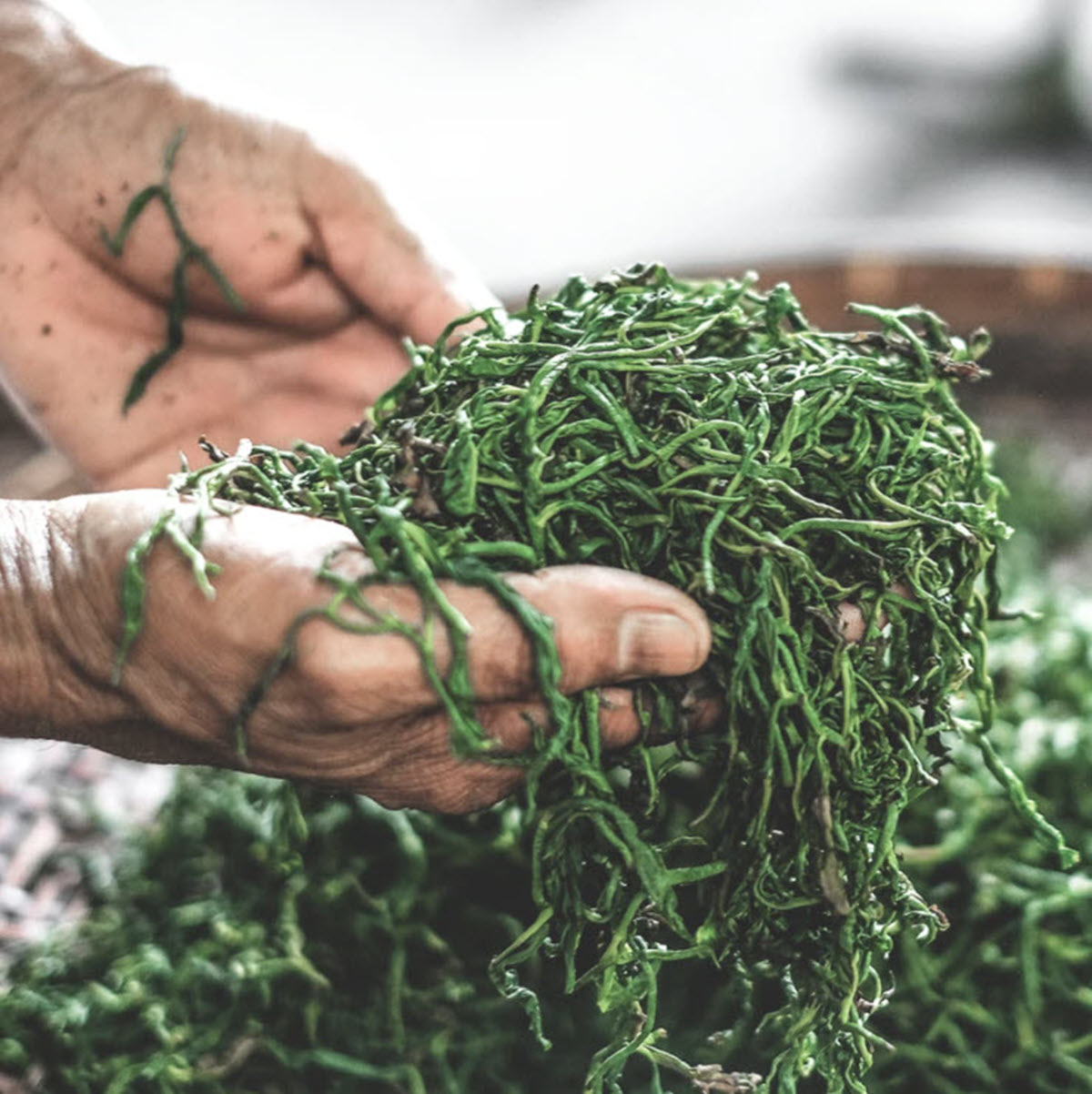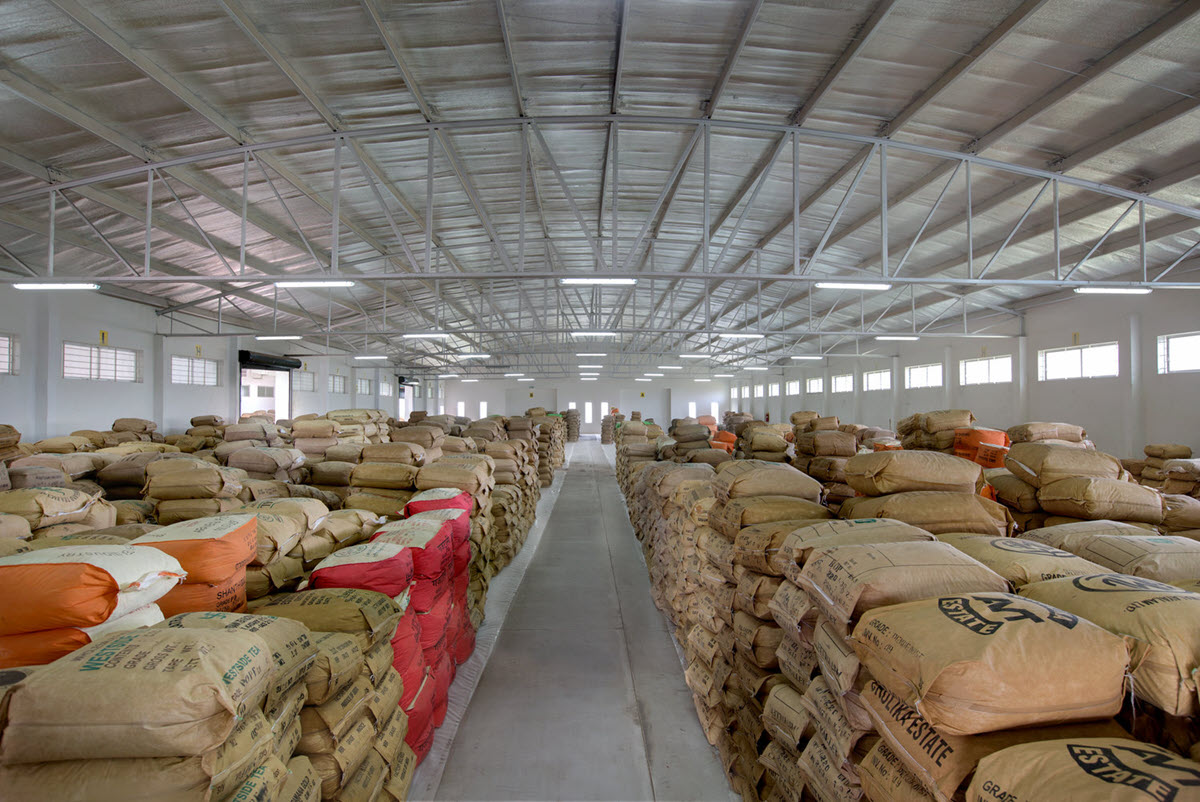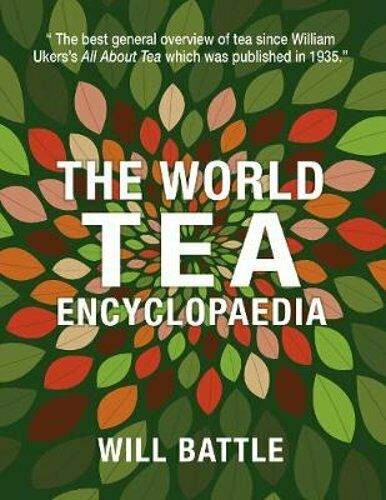Consumers who pay a premium at retail for specialty tea often leave growers to foot the bill. The costs of producing the distinctive taste of the authentic, transparent, eco-friendly, clean-label teas that are so popular with Millennial and Gen Z cohorts are significantly higher than what growers spend supplying conventional tea. A preference for chemical-free cultivation, third-party certifications, energy-efficient, carbon-neutral processing and transport, and recyclable and biodegradable packaging further erode margins along the length of the supply chain. This raises a fundamental question: Is anyone making money making specialty tea?
Listen to the interview

An Investment in Quality
In this post, Will Battle, author, consultant, and enthusiast for all things tea describes the additional costs to growers producing top-quality tea. Will trained as a taster in India, Sri Lanka, Kenya, and Malawi and has more than 20 years of experience sourcing tea. He is the author of “The World Tea Encyclopaedia” and founder and managing director of Fine Tea Merchants, Ltd., a wholesale tea importer and export venture that supplies tea merchants with mainstream offerings as well as rare teas and herbals. Will sees growers taking initiatives on quality at all levels of the cultivation and manufacture process and so regards the lines between the everyday and specialty sectors to be blurred, but here he focuses on the costs of creating the very best teas.
Dan Bolton: Will, from a grower’s perspective, is manufacturing specialty tea worth the effort?
Will Battle: I think frequently it probably isn’t. I look at some of the growers I deal with and the amount that they need to invest from a financial and human resources perspective and it’s so much greater in almost every area.
Costs are higher at pretty much all stages of the chain. In my experience, Dan, whether it’s the approach to pruning, to leaf quality stipulated to pluckers, or to those buying leaf on the open market; the level of detail that the factory needs to apply to the processing of the leaf, right on through storage, shipping, all of those processes costs a lot more in the specialty tea industry.
I struggle to see many instances where that’s appropriately rewarded.

Dan: Let’s talk specifics, what costs are unique to producing specialty tea?
Will: Let’s take Darjeeling for example, and their approach to the pruning cycle. A good case in point would be my experience with Jay Shree’s Darjeeling this year. They pruned more than they did in previous years, more than most other producers.
That effectively writes off your first flush, but it might give you a better second flush, and then next year, you probably have an improved quality as well. But to write off your first flush is just an enormous financial handicap to impose on yourself and that’s your start point.
Now consider the costs of for a kilo of fine plucked leaf. Let’s take the experiences of Tumoi in Nandi, Kenya.
- In Part II Tea Biz will interview brands and category managers on costs they incur in bringing specialty tea to market.
It might be seen in the wage pricing of seven to nine Kenyan shillings an hour for mainstream leaf, but around 25 [shillings] per hour for specialty leaf. You see, you’ve not even got the leaf to the factory yet and you’ve got an enormous margin to make up in the final product cost. And don’t forget, you’ve got 4.2 to 4.6 kilos of your green leaf for a kilo of made tea. So you’ve, got a big headway to make up on the final product cost and you haven’t even got the leaf to the factory yet.
Another example might be transport. The traditional way of getting green leaf to the factory might be to dump it in a pickup. But at Tumoi, in Nandi, they put it in some special aerated baskets to get it to the factory in optimal condition and that’s two or three pickup trucks getting the leaf there rather than one or a tractor adding fuel costs and wages. So again, another increment onto the final product cost.
Packaging is a really, really good point. Let’s take Satemwa Tea Estate in Malawi. They are a great example because they make mainstream tea and they make some lovely specialty tea as well. The mainstream tea which I buy and use happily in my blends is lovely tea, but it’ll come in a paper sack and you get 60 kilos in a sack and more or less a ton on a pallet.
The specialty tea. In fact, I’ve got one here that four is kilos net, eight kilos, 8.2 kilos, gross. So you’re shipping more air than product. And it’s in an expensive cardboard carton. So you can probably get nine of those on a pallet that’s just 720 kg in a 40-foot container. That means that the freight alone is almost $5.
So when you get a freight rate increase like we’ve had this year, you have to automatically add another dollar to the cost. So that’s another cost and, here again, you’re not even taking into account the tea cost yet.
The product that everyone wants is whole leaf. But for every kilo of whole leaf there is perhaps 25% waste or broken leaf that people won’t pay up for. It’s not as if every kilo that goes out of the factory is getting rewarded at the top price, because there’ll be some by-product as well. I think that is another instance where these guys aren’t always appropriately remunerated.
It’s easy sometimes to say, I include myself in this, that we were supporting the specialty industry, but supporting the specialty industry is also remembering those other grades that they’re making, the leaf grades where they’re not always recovering a high margin on.
You can go on and on. I see higher costs right through the process, along every stage of the supply chain but particularly labor because of the attention to detail, and in packaging, because of the attention to quality.
Dan: When consumers pay a premium for specialty tea, what is the value received?
Will: I think you’re ultimately investing in quality and an approach to creating a product, that is the best it can be. It’s worth remembering that those people who are making good specialty tea are also improving their mainstream quality as well.
A large proportion [of that investment] should end up back in the communities that have spent the time in trying to create it for you. So wherever that specialty tea comes from ? whether it’s Japan, Darjeeling, Assam, Dimbula, or Malawi ? that investment in the regions and the districts where the tea is made is something really worthwhile.
Dan: Why is it good practice to pay farm gate prices that allow sustainable production not just for specialty tea, as you mentioned, but commodity tea as well?
Will: It’s a good practice because ultimately, we have an obligation to make sure our industry survives and that is reliant upon the people who grow and pluck and process tea. If we don’t pay a sustainable price, they will do something else. Without an appropriate farmgate price we don’t have an industry in my view, and it’s our obligation to make sure that any producer is appropriately remunerated.
Otherwise, why would you grow it?

Fine Tea Merchants
FTM is a business-to-business supplier of tearooms, tea merchants and small packers in the UK, Continental Europe and further afield. The company imports direct from origin and stores a broad assortment of teas and botanicals in its warehouse in Lincolnshire. FTM specializes in fine and rare teas as well as high quality, mainstream teas and a selection of flavored-, herbal-, and fruit-blends.
Tea may be ordered in quantities from 1 kilo to multiple containers and shipped as straight-lines, blends formulated to perform well in your local water, or custom blended against your own recipe.
The World Tea Enclopaedia
The award-winning book The World Tea Encyclopaedia was published in January 2017, with a second edition in November 2020. It covers every tea-producing country and advises tea lovers on tea cultivation and manufacture, origin, seasonality and local ‘terroir’ and tries to de-bunk tea myths and snobbishness. ? Will Battle
Publisher: Troubador Publishing
Hardback | 400 pages | £22.96
Share this post with your colleagues.
Signup and receive Tea Biz weekly in your inbox.
https://feeds.sounder.fm/10363/rss.xml



One response to “The Cost of Producing Specialty Tea”
I have been a tea taster / broker in Sri Lanka for over 20 years and fully endorse Will’s comments. Over the years I’ve come across many who are eager for best of teas but are not so eager to pay the price.